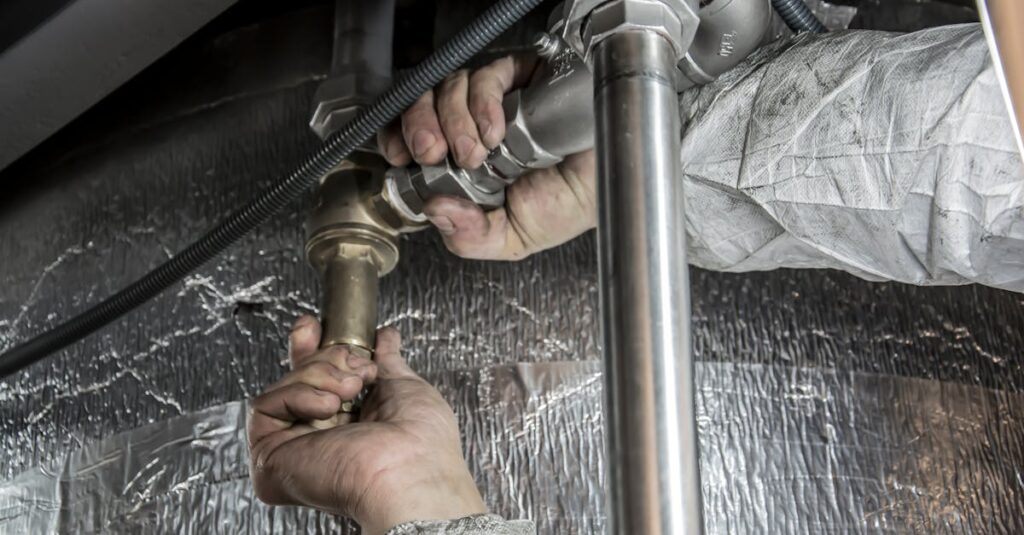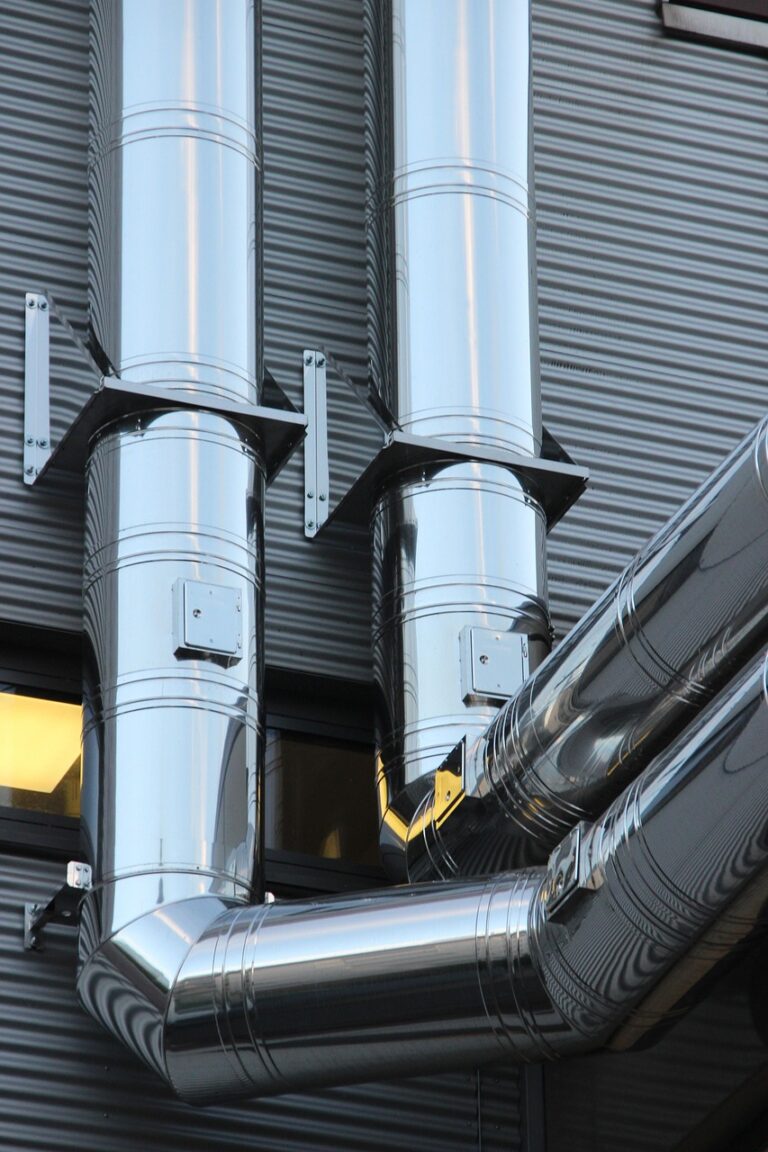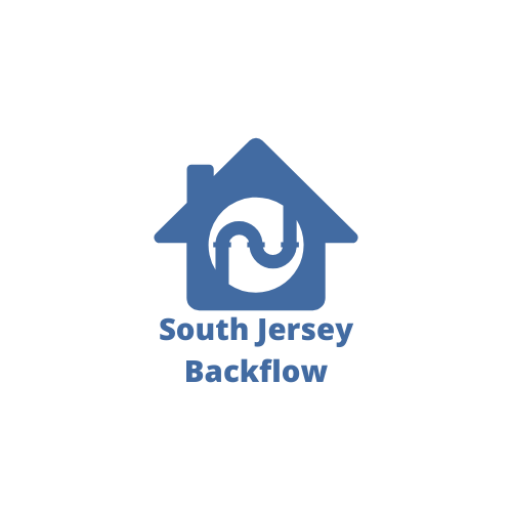Common Misconceptions About Backflow Prevention
Backflow prevention is an essential part of maintaining clean and safe drinking water, yet many property owners and businesses misunderstand its importance and regulations.
At South Jersey Backflow, we frequently encounter misconceptions that can lead to non-compliance, potential health risks, and unnecessary costs. In this article, we’ll debunk some of the most common myths surrounding backflow prevention and clarify why it’s a crucial component of water safety in New Jersey.

Misconception #1: Backflow Can’t Happen in My Home or Business
Many people believe that backflow is only a concern for large industrial properties. However, backflow can occur in any home or business connected to a municipal water supply. Situations such as a burst water main, a sudden increase in water demand, or faulty plumbing can all create the conditions for backflow. Whether you own a residential property, a restaurant, or a commercial building, backflow prevention is necessary to keep contaminants out of the potable water system.
Misconception #2: My Property Already Has a Backflow Preventer, So I Don’t Need to Worry
While having a backflow prevention device installed is a great first step, it is not enough on its own. These devices require annual testing and maintenance to ensure they are functioning correctly. Over time, check valves and seals can degrade, reducing their effectiveness. New Jersey regulations require regular testing by a certified backflow tester, and failure to comply could lead to fines or even water service shutoffs.
Misconception #3: Backflow Prevention Devices Are Only Needed for Commercial Properties
While businesses and industrial facilities are more commonly required to have backflow prevention devices, certain residential properties also need them. Homes with irrigation systems, swimming pools, or fire sprinkler systems often require backflow preventers to keep contaminants from flowing back into the municipal water supply. If you’re unsure whether your home needs a backflow device, consulting with a certified specialist is the best course of action.
Misconception #4: My Plumbing System Has Built-In Protection Against Backflow
Many property owners assume that modern plumbing systems have built-in safeguards against backflow, making additional prevention measures unnecessary. While some plumbing components may help reduce the risk, they do not replace the need for dedicated backflow prevention devices. Backflow preventers are specifically designed to block contaminated water from reversing into the clean supply, providing an extra layer of protection that standard plumbing fixtures cannot guarantee.
Misconception #5: Backflow Prevention is Too Expensive
Some property owners hesitate to install backflow prevention devices due to concerns about cost. However, the cost of non-compliance and potential contamination far outweighs the investment in a properly installed and maintained device. Water contamination can lead to health risks, expensive legal consequences, and damage to plumbing infrastructure. Additionally, fines for failing to comply with New Jersey’s backflow prevention regulations can be significant.
Misconception #6: Backflow Prevention is Only Necessary for Large Water Systems
Backflow prevention is just as important for small businesses and individual properties as it is for large-scale water systems. Whether you own a small café or a large manufacturing facility, preventing contaminants from entering the public water supply is a shared responsibility. Even a minor contamination event can pose serious health risks to a community.
Misconception #7: If My Water Looks and Tastes Fine, There’s No Risk of Contamination
Water contamination from backflow is not always visible or detectable through taste and smell. Harmful substances such as pesticides, bacteria, or industrial chemicals can enter the water system without noticeable signs. The only way to ensure water safety is to have a properly functioning backflow preventer and adhere to required testing schedules.
Staying Compliant with Backflow Prevention Regulations in New Jersey
New Jersey has strict backflow prevention regulations to ensure water quality and public health. Compliance includes:
- Annual testing of backflow preventers by certified professionals.
- Proper installation of approved devices for properties with irrigation, fire suppression, or industrial water systems.
- Immediate repair or replacement of malfunctioning devices to maintain compliance.
How South Jersey Backflow Can Help
At South Jersey Backflow, we specialize in ensuring that New Jersey property owners remain compliant with all backflow prevention regulations. Our services include:
Certified Backflow Testing & Inspection
Expert Installation of Backflow Prevention Devices
Maintenance & Repairs for Compliance
Regulatory Guidance & Support

Conclusion
Understanding and addressing common misconceptions about backflow prevention is key to protecting our water supply. Whether you’re a homeowner, business owner, or property manager, ensuring compliance with backflow regulations is crucial for health and safety.
South Jersey Backflow is here to help with expert services and reliable support across New Jersey.
If you need backflow prevention assistance, testing, or installation, contact South Jersey Backflow today.
Protect your property and your community by ensuring clean, safe drinking water!

